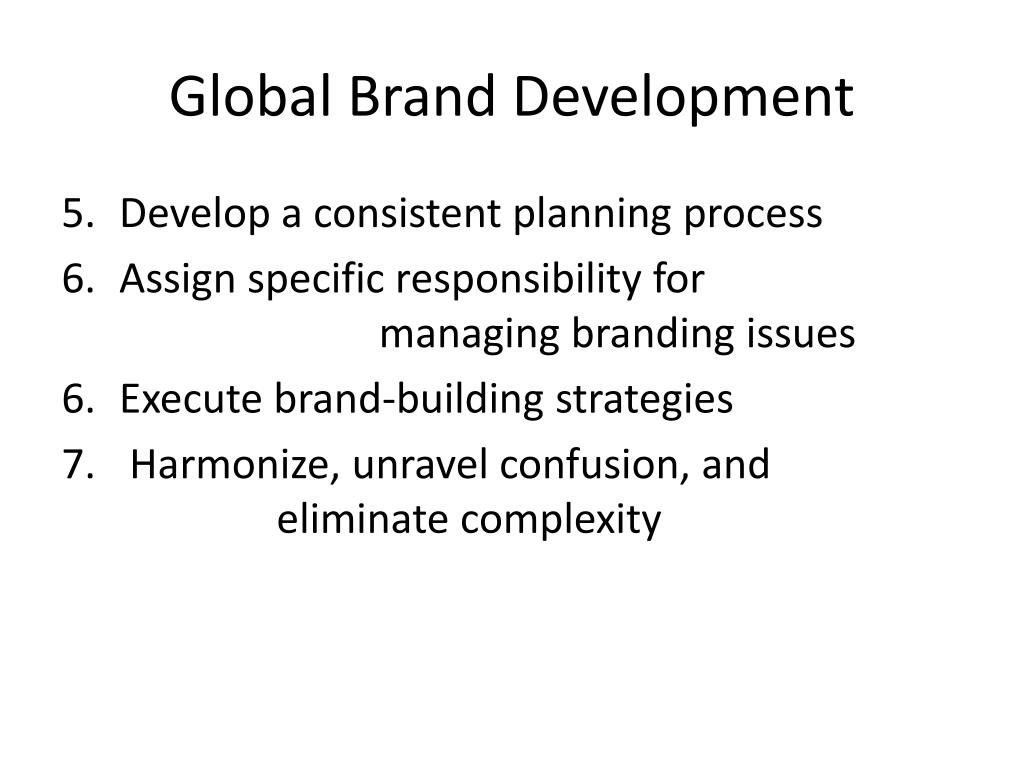In the current interconnected environment, globalization is reshaping the landscape of product design and manufacturing in profound ways. Companies are no longer confined to local markets; they can draw on talent, resources, and ideas from across the globe. This change has led to a more dynamic approach to product creation that not just improves innovation but also enables greater accessibility and efficiency in manufacturing processes.
The collaboration between global product design and manufacturing unlocks numerous advantages for businesses and consumers as well. By leveraging diverse viewpoints and expertise from different cultures, organizations can create products that resonate with a wide audience. Furthermore, manufacturers outside of china manufacturing networks allow companies to streamline production and supply chains, reducing costs and improving time-to-market. As we explore the benefits of this synergistic approach, it becomes that the future of product design is inherently linked to the prospects presented by a globalized economy.
Effects of Global Integration on Product Development
Globalization has significantly transformed the design of products by permitting companies to tap into a diverse range of resources, expertise, and markets. This linkage enables designers to collaborate with global teams, capitalizing on diverse cultural viewpoints and novel techniques. As designers access global talent resources, they can create products that not only meet local needs but also reach a wider audience, improving overall business viability.

Additionally, the impact of worldwide consumer trends plays a critical role in shaping product design. With access to up-to-date data from diverse regions, companies can detect upcoming preferences and change their offerings suitably. This alertness to global market dynamics ensures that products are both appropriate and competitive. Designers who understand these trends are more prepared to create products that connect with consumers worldwide, building customer devotion and increasing market share.
In conclusion, global integration promotes cost-effective manufacturing solutions. Companies can design products with an focus toward improving production processes across different countries, where workforce and materials may be less expensive. This deliberate approach does not only reduce production costs but also enables for better product quality, as manufacturers can select the optimal facilities and technologies suited to their design needs. In conclusion, globalization allows product designers to create advanced and high-quality products that satisfy the needs of a international marketplace.
Issues in International Product Manufacturing
One of the key challenges in international product manufacturing is navigating through the challenges of various regulatory environments. Countries have varying standards concerning safety, quality standards, and environmental considerations, which can make difficult the production process. Adhering to these multiple regulations requires manufacturers to invest in compliance measures and may lead to increased costs and setbacks. Additionally, any inability to meet these standards can lead to legal repercussions and damage to a company's reputation.
Another major challenge is handling supply chain logistics across different geographic regions. Coordinating the movement of materials and finished products while taking into account factors such as shipping times, import taxes, and local transportation systems can be daunting. Interruptions caused by political factors, natural disasters, or even world events like pandemics can severely impact production schedules and delivery timelines. Businesses must create strong risk management strategies to reduce these risks.
Cultural variations present another challenge in international product production. Firms often encounter different consumer preferences, work ethics, and methods of communication, which can impact team collaboration and product acceptance in various markets. Grasping and incorporating these cultural nuances into product design and marketing strategies is essential for achieving success. Failure to do so may lead to products that do not appeal to local customers, ultimately impacting sales and brand loyalty.
Strategies for Successful International Collaboration
Clear communication is vital when collaborating on a international scale. Teams dispersed across different regions often face obstacles related to different time zones, cultural variations, and linguistic barriers. Creating clear communication protocols and utilizing technology such as collaborative platforms can help bridge these disparities. Routine virtual meetings and open lines of communication promote clarity and enable teams to share ideas and input efficiently. This approach fosters a cooperative environment where all team members feel valued and aware, allowing for smoother workflows and timely decision-making.
Another important strategy is to utilize local knowledge while maintaining a joint vision. Engaging local teams brings significant insights into regional market needs, preferences, and trends. By merging this local knowledge with the overarching goals of the project, companies can create products that connect effectively in varied markets. Welcoming input from local designers, engineers, and market specialists motivates the entire team and enhances the significance of the product. This synergy between global and local perspectives creates a more robust design process.
In conclusion, building trust and nurturing relationships among team members is essential to fruitful collaboration. Trust can be built through transparency, mutual respect, and shared objectives. Incorporating team-building programs, celebrating milestones, and recognizing individual contributions can enhance bonds within a global team. When team members have confidence in each other, they are prone to exchange ideas willingly and collaborate efficiently, leading to innovative solutions and successful product outcomes. Emphasizing relationship-building alongside technical aspects of global product manufacturing creates a unified team that is ready to address challenges as a unit.
